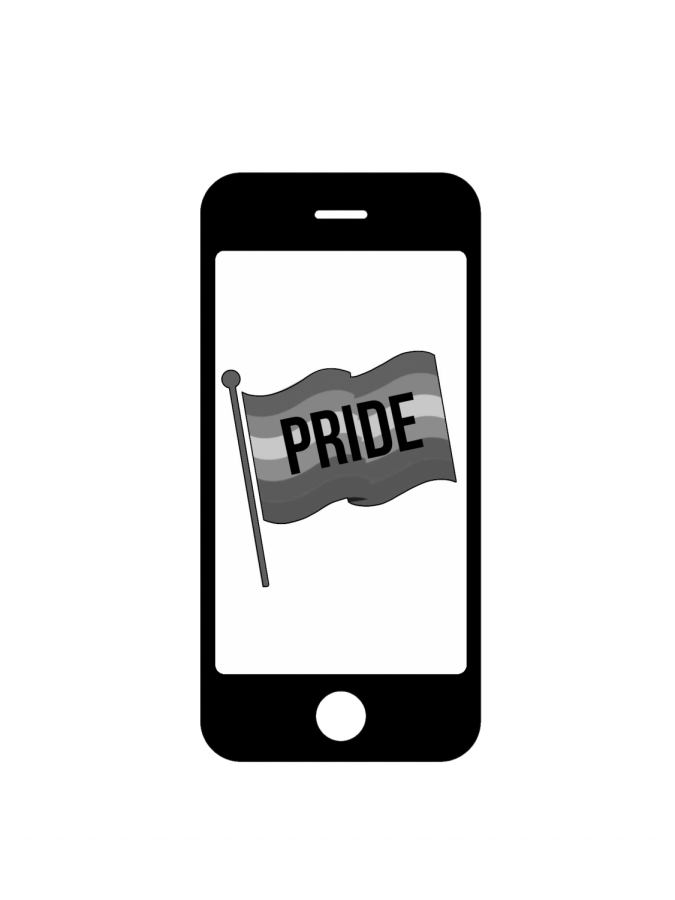A&E: Students share their feelings regarding the virtual side of the LGBTQIA+ community
While social media is a large aspect of people’s everyday lives, it is also used for some to find information about different topics. Additionally, there are various communities that provide a sense of comfort. With the LGBTQIA+ community acts as a family across multiple forms of social media, SCHS students share their thoughts on how it is represented.
Senior Alison Von Raesfeld has found a harmful and repetitive comment that questions the idea of gender and sexuality.
“A common misconception is saying it’s just a phase, or that they don’t know what they are talking about because they are ‘too young,’” Raesfeld said.
Rasefeld thinks social media may help at times, but they also see it as a way to harm individuals.
“The media can show someone resources to go to if they feel comfortable doing so, but at the same time, there could be so much hate to someone because of who they are and who they love,” Raesfeld said.
This is not uncommon. A study conducted by Professor Carson Cook at the University of Tennessee found that LGBTQ representation in media is often harmful. For example, social media often installs bisexual individuals as being “manipulative and confused.”
Sophomore Nevaeh Rose has noticed damaging assumptions made about the appearance of those in the community.
“In social media, I think that stuff’s more based around style and aesthetic, which I think could be kind of harmful to being LGBTQ in the real world rather than everything that’s online,” Rose said.
Despite the harmful misconceptions online, junior Marisol Luciano has found the virtual community to be helpful and supportive.
“Social media has helped me learn about who I am to this day,” Luciano said. “I wouldn’t have learned to accept who I am if I hadn’t started following and keeping up with the community.”


